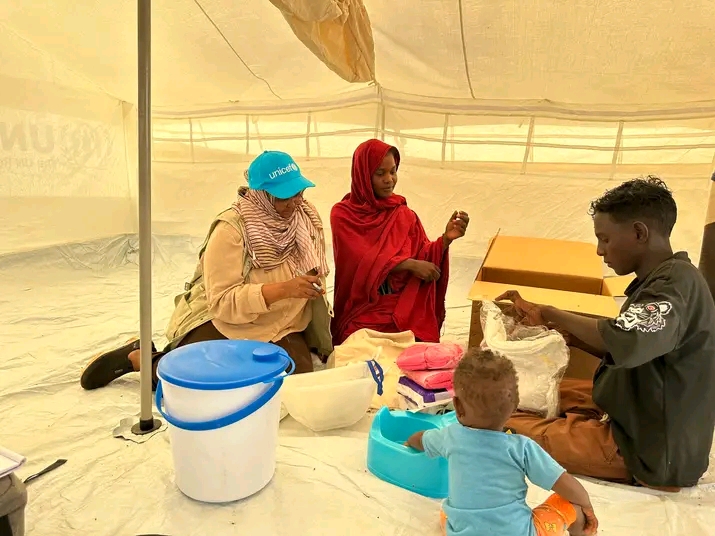Thousands of homeless children in the Sudanese capital, Khartoum, have found themselves without homes or shelter as the war persists. This has forced them to flee in search of safe havens in states unaffected by the fighting and armed clashes.
Many are enduring harsh and difficult conditions, with hundreds of homeless children primarily scattered across road intersections and transportation hubs. They share cramped spaces no larger than a mat under the shade of trees or at the entrances of places of worship, enduring the brutality of changing weather without roofs or shelters.
Tragic Conditions
Sudan’s Ministry of Social Development estimates the number of homeless children at around 19,000, while independent statistics suggest the figure has exceeded 40,000.
Several organizations and volunteer groups have warned of the dangers facing homeless children amid the ongoing war. They have reported deaths among this group due to hunger, malnutrition, and lack of healthcare, in addition to hundreds suffering from diseases.
The Minister of Social Welfare in Khartoum State, Siddig Hassan Farini, stated that “estimates indicate that the war has displaced about five million residents from the capital to other states across the country.” He noted that poverty rates have risen to 80 percent, stressing that the conflict has worsened the economic situation and increased poverty levels, thereby amplifying the social responsibility of the government.
Victims of Armed Conflict
Eleven-year-old Salim Ali lives on one of the main streets in the city of Kosti. He recounts his ordeal with homelessness, saying, “We came here after leaving our shelter in Khartoum, and over the past two years, we’ve overcome extremely difficult circumstances, but we can no longer endure.”
He added, “Neither the state nor national and international humanitarian organizations have considered our exceptional situation or the need for designated spaces that provide comfort, as well as healthcare and quality food.”
Government Efforts
The Secretary-General of Sudan’s National Council for Childhood, Abdel Qader Al-Amin Abbo, explained that “children in several areas of eastern Sudan are facing worsening conditions due to hunger and malnutrition, particularly displaced children, as well as vulnerable local children who share their meager local resources.”
He pointed out that “the Council is working with relevant ministries to activate social protection for children and safe havens, in addition to building a database to include statistics that assist in providing services.” He also mentioned plans to ensure food security for children in war-affected areas and support displaced youth from Khartoum and Wad Madani.
He continued, “Our work also includes children lacking parental care, in collaboration with local partners and UNICEF, as well as other organizations, to transition children from hosting centers and alternative families to safe households.”
Collective Shortcomings
Social researcher Fatima Adam argued that “the war in Khartoum forced homeless children to flee to safer cities, where they now live in dire humanitarian conditions without shelter, sleeping on tattered blankets along sidewalks and in front of shops and mosques—alongside thousands more in similar situations.”
She added that “there is a collective failure in addressing the needs of these children, who have been cast into the streets by harsh circumstances, despite their special and exceptional needs—especially those with physical, hearing, visual, and intellectual disabilities.”
Adam noted that “the war has contributed to the rising number of homeless children, especially after many youths lost their parents in the fighting. This phenomenon reflects a broader economic, social, and cultural dysfunction. Thus, addressing it requires social interventions, along with the state fully assuming its responsibilities in both prevention and response.”
She concluded, “One of the most serious challenges facing these poor children as they grow up is the rejection and stigmatization they experience from society.”
